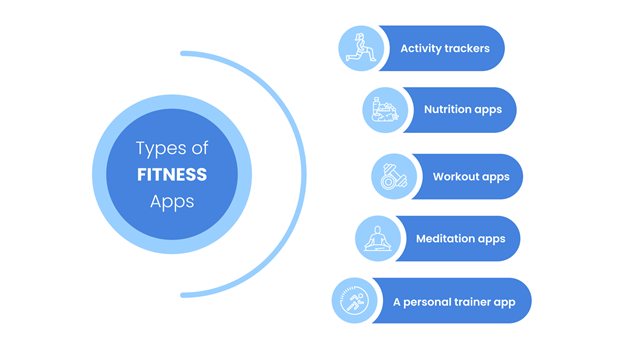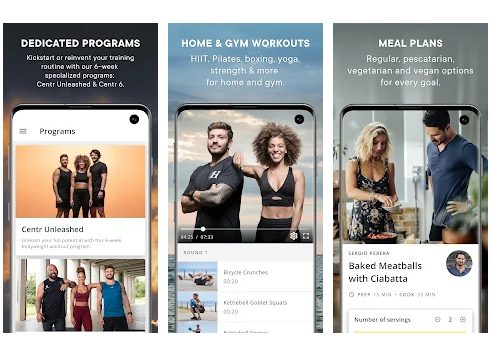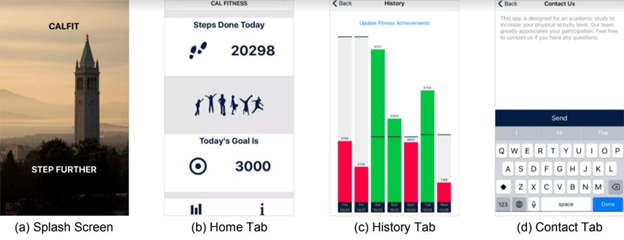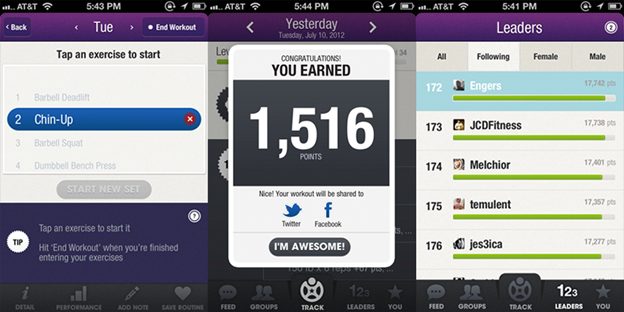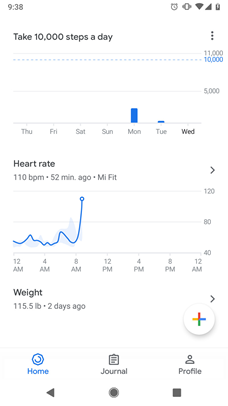In 2021, the global health and wellness market was estimated at $3.29 billion. And while there is no shortage of apps and solutions that address different aspects of women’s health, men’s health has not seen the same level of attention.
One of the reasons is that women are 75%-85% more likely to use digital tools to track their health than men. Besides, men between 18 and 44 are less likely to go see a doctor than women. But at the same time, there is a silent crisis in men’s health as they suffer from heart and respiratory diseases, depression, substance abuse, and mental problems at an alarming rate.
The Coronavirus pandemic, however, is changing typical male behavior and making them see the impact of underlying health problems. Emerging startups and healthtech companies focus on normalizing the idea that men should track their health and take care of themselves. The London-based startup Numan has recently raised $13 million, while Manual has raised $30 million in a Series A round.
It’s clear that investing in a men’s health app can be a lucrative idea. To help you get started, we have prepared a five-step strategy.
1. Choose the type of your app
First things first, and before you move to the development stage, you need to know what type of health app you want to build. There are sports and fitness workout apps, meditation and mental health apps, diet and nutritional apps, as well as medical and health services solutions.
Source: Yellow
Depending on the selected type, you can define the basic features that your health app must have. From steps counting and goals setting to progress tracking and analytics to telehealth consultations, there are plenty of features that can be valuable for your users. The trick here is to find the right balance between overloading your users with functionality and not providing enough of it. Find the sweet spot where you give your users exactly what they need under one roof.
Centr, a fitness app created by Thor star Chris Hemsworth, is a great example of doing it right. The app offers a curated list of workout programs, a meal planner, and a meditation coach — all in one place to equip users with everything they need to achieve the results they want.
Source: Centr on Google Play
2. Define platforms and technologies
With the rising rates of smartphone ownership, it makes the most sense to develop health and fitness apps as mobile applications. In fact, the global mHealth apps market is expected to reach $43.5 billion by 2022.
Depending on your budget, timeline, and a feature set, you have two options. The first one is to go for native mobile development and use Kotlin or Java for Android and Swift or Objective-C for iOS. Although native apps may take longer to develop since they require two separate codebases, they are well-known for superior performance and better user experiences. The second option is to choose cross-platform mobile development that uses Xamarin or React Native to build a single app capable of running on different platforms. This may significantly accelerate time-to-market but it will not allow the same level of customization as native apps.
3. Decide on a monetization model
App monetization is never easy. The greatest ROI is generated by those apps that were built in line with a well-thought-out monetization strategy aligned with the app’s concept and high-level business goals. The best models proven to be successful on the modern mobile app market include:
- This is the most popular way of ensuring a steady revenue stream. Subscribers pay a recurring fee, monthly or annually, to access your service. You can also offer different subscription tiers or membership plans to meet the needs of different target segments.
- With freemium, you offer limited access to basic features free of charge, which may be enough for beginners. When a user is ready for advanced features, they can upgrade to a premium tier.
- Free trials. By definition, free trials are about providing unrestricted access for a limited period of time so that users can test out your service and make an informed decision to sign up or not.
- In-app purchases. If you build a free app, built-in purchases can become a significant source of revenue — every year, users spend $380 bln worldwide on in-app purchases. Purchases can vary from simple ad removal or customized plans to sportswear or sports equipment.
- In-app advertising. Banners, native ads, video interstitials, sponsored content, and other ad formats can also be a part of the monetization strategy. This model allows you not only to reach wider audiences via free access but also to nurture partnerships.
4. Partner with a tech vendor who understands the domain specifics
Although there is no shortage of software development companies you can outsource your project to, always look for a vendor with relevant experience in your domain. Mobile health and fitness apps have specifics — from integration with wearables and health data providers to robust health data protection and regulatory compliance. The more domain experience your vendor has, the fewer risks and pitfalls there will be.
Depending on the app type, you may also require specific skills and know-hows like AI-powered predictive analytics or real-time video conferencing if you are building a telemedicine application. So, it’s important that your software services provider meets all your technical needs.
5. Do not forget to test
Testing should never be an afterthought. No matter what kind of app you are building, in today’s competitive environment users do not forgive bugs or poor solution quality and can quickly switch to another product.
Comprehensive testing is an important step in delivering high-quality user experiences. Make sure your tech partner has robust quality assurance processes in place and experienced QA engineers on board to support your quality goals.
Taking your men’s health app to the next level
Now that we have discussed five steps in building your men’s health app, let’s see how to make it stand out from the crowd.
Deliver personalized experiences
In today’s age of hyper-personalization, a cookie-cutter approach just won’t do. Customers expect a personalized experience in every aspect of their life, but even more so when it comes to their health. One such example of a fitness solution that masters personalization is CalFit developed by professors and students from UC Berkeley and UCSF. The app leverages reinforcement learning algorithms to build predictive models for each user and generate personalized daily step goals.
Source: Berkeley Master of Engineering
Introduce gamification
It’s not just a gender stereotype — men do like to play games more than women. This is partially because the part of the brain associated with reward is more activated in men than women when they are playing video games.
Gamification techniques like points, competitions, and challenges can be used in men’s health apps to drive engagement and increase retention. Look at Fitocracy, a workout app that allows users to level up by completing quests and earning points.
Source: Business2community
Integrate with wearables
Another thing that men like are gadgets and tech devices. According to a PwC report, men are more likely to have smartwatches and smart glasses than women. You can capitalize on that by integrating your health app with smartwatches, fitness bands, and other wearables to collect richer data and provide a more comprehensive view of a user’s health. Google Fit, for example, integrates with Mi Band and dozens of other apps and services.
Source: The Verge
The bottom line
Given the shocking rates of coronary diseases, cancer, mental problems, and other issues among men, it’s clear that male wellness needs to become a priority. Health apps for men may be a niche but already a fast-growing and promising market.
A lot of efforts go into building a top-notch health app that attracts and retains users — from defining the scope of functionality and a suitable monetization model to deciding on the tech stack and integrations to implementing gamification techniques and advanced personalization.
Do you need help building a men’s health solution? At Elinext, we have the necessary expertise and skills to take your project off the ground. Drop us a line to discuss your project details.









